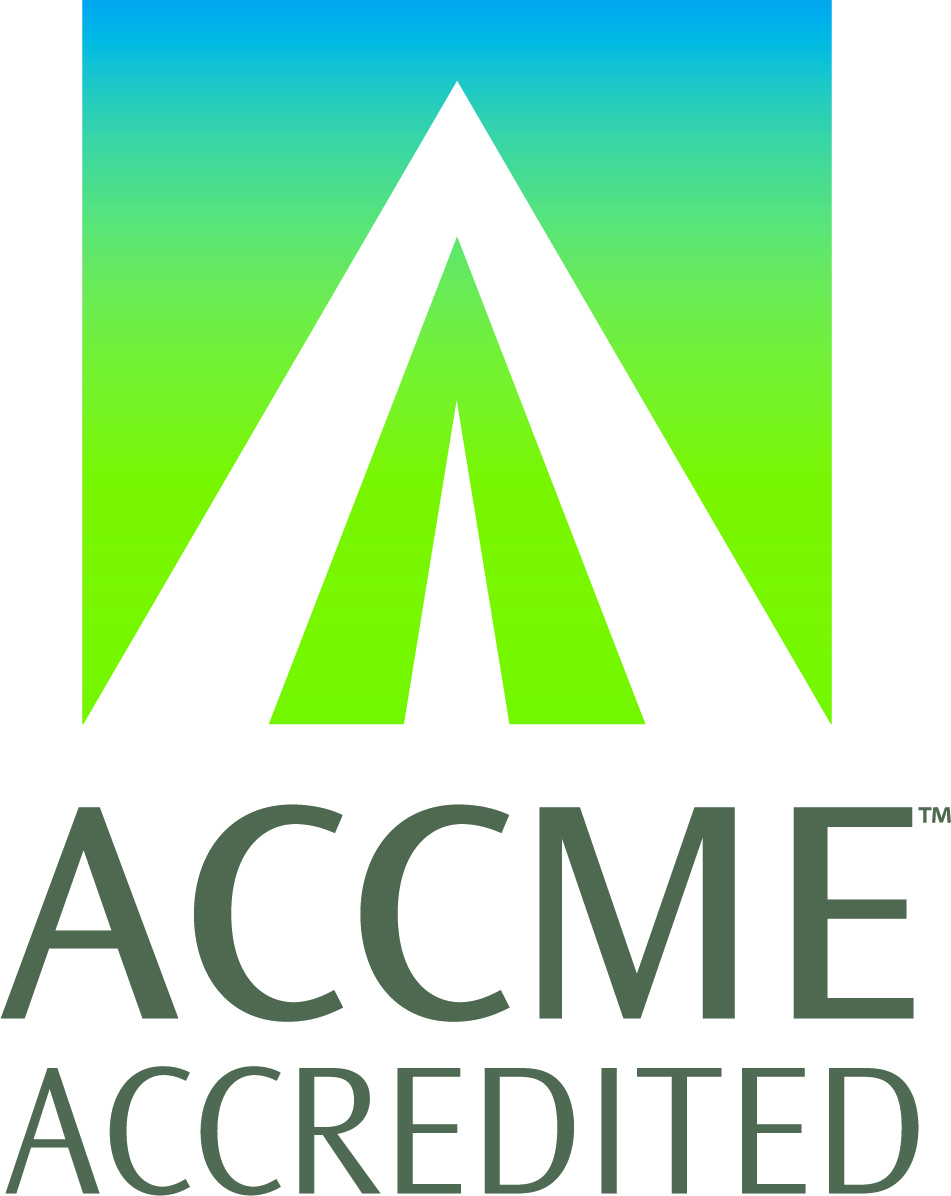
Modified Sub-Vastus Approach to the Medial Distal Femur: Cadaveric Dissection

Accreditation Statement: The Orthopaedic Trauma Association (OTA) is accredited by the Accreditation Council for Continuing Medical Education (ACCME) to provide continuing medical education for physicians.
Credit Designation: OTA designates this enduring material for a maximum of 1.0 AMA PRA Category 1 Credits™. Physicians should claim only the credit commensurate with the extent of their participation in the activity.
Learning Objectives
Faculty
- Author: Bradley Carlson, MD
Original release date: 2/18/2025
Expiration date: 2/18/2028
Estimated time to complete activity: 8 minutes (part of a 1-hour package)
Statement of Need/Description/or Summary of Gap Analysis
- What are the practice or patient care problems being addressed by this activity?
- Highlighting the importance of understanding fracture fragment fixation and stabilization of medial femoral condyle fragments.
- Why do these issues exist? Is there a deficit in provider's knowledge or skill? Is there a deficit in the healthcare system process or outcomes?
- Often due to the wide variety and complexity of fracture patterns in the distal femur. Failure to recognize a OTA/AO B-type-type partial articular fracture fragment and adequately capture the fracture apex can lead to loss of fixation, malunion, post-traumatic arthritis, and nonunion
- What methods have been used to determine the professional practice gap?
- Prior patient outcome data in treatment of distal femur fractures
Instructional Format: This Orthopaedic Trauma Association Video CME activity consists of a video and quiz.
Method of Participation: There are no fees for members to participate in this activity. Non-members must pay $10 per 0.5 credit hour. This package will be $20 total. To claim AMA PRA Category 1 Credit™ credit, participants must read the front matter, watch the video, and complete an evaluation.
Disclosures:
The Orthopaedic Trauma Association has implemented a policy to comply with the current Accreditation Council for Continuing Medical Education (ACCME) Standards for Integrity and Independence in Accredited Continuing Education requiring mitigation of all conflicts of interest. Faculty declaring a relevant commercial interest must be identified in the activity syllabus and/or program.
In accordance with disclosure policies of OTA and the ACCME, every effort has been made to ensure all CME activities are balanced, independent, objective, and scientifically rigorous. These policies include complying with ACCME’s Standards for Integrity and Independence in Accredited Continuing Education and mitigating all relevant conflicts of interest for all individuals in control of content.
All of the relevant financial relationships listed for these individuals have been mitigated
All disclosures are available on the "Disclosure" tab of the package.
Disclaimer: The information in this educational activity is provided for general medical education purposes only and is not meant to substitute for the independent medical judgment of a physician relative to diagnostic and treatment options of a specific patient's medical condition. The viewpoints expressed in this CME activity are those of the authors/faculty. They do not represent an endorsement by the OTA. In no event will the OTA be liable for any decision made or action taken in reliance upon the information provided through this CME activity.
Commercial Support: There is no commercial support for this activity

